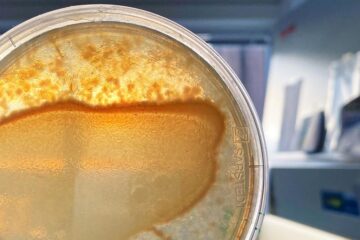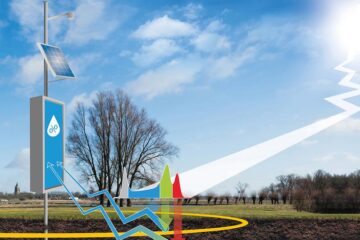Smart dummies allow medics to practise before they panic

Doctors and nurses are using computer controlled medical mannequins to practise their responses to medical emergencies. Research into the complex maths and physics of the body has led to sophisticated mathematical models that drive the mannequins` responses, allowing students to experience a real-life drama, with the benefit that no-one is harmed if they get it wrong.
Simulators are a standard part of training programs within the airline industry, where they save lives by allowing flight crews to rehearse their responses to life-threatening events. Speaking today (23 January) at the Institute of Physics Simulation and Modelling Applied to Medicine conference in London, Consultant Medical Physicist and Scientific Director, Dr Mark Tooley will explain how the Bristol Medical Simulation Centre is pioneering innovative training techniques in healthcare.
In the last two years, more than two and a half thousand doctors, nurses and dentists have come to the Centre to gain experience in handling medical emergencies.
„Using the simulator allows healthcare workers to experience `once in a lifetime` crises over and over again,“ says Tooley.
Pharmaceutical and medical equipment companies also use the centre to train their sales staff. Simulations enable them to have hands-on experience using the product and give them much greater confidence in performing their job.
The simulators, adult and child, are life-sized and `breathe` as well as having a heart beat. They can mimic situations from breathing problems and heart disorders to haemorrhage.
„People can also learn to work as teams, which is important as an effective team response increases the likelihood of a satisfactory outcome,“ says Tooley. „It is much better to practise in a simulation suite than have to do all your learning in a hectic Accident and Emergency room or operating theatre.“
Tooley stresses that the mannequins only work because years of research have produced detailed mathematical models of the human body. These models can now simulate health, disease or injury. „Without research into the complex mathematics and physics of the body, we could never have these simulators,“ states Tooley.
Media Contact
Alle Nachrichten aus der Kategorie: Medizin Gesundheit
Dieser Fachbereich fasst die Vielzahl der medizinischen Fachrichtungen aus dem Bereich der Humanmedizin zusammen.
Unter anderem finden Sie hier Berichte aus den Teilbereichen: Anästhesiologie, Anatomie, Chirurgie, Humangenetik, Hygiene und Umweltmedizin, Innere Medizin, Neurologie, Pharmakologie, Physiologie, Urologie oder Zahnmedizin.
Neueste Beiträge

Das Mikrobiom verändert sich dynamisch und begünstigt wichtige Funktionen für den Wirt
Ein interdisziplinäres Forschungsteam des Kieler SFB 1182 untersucht am Beispiel von Fadenwürmern, welche Prozesse die Zusammensetzung des Mikrobioms in Wirtslebewesen steuern. Alle vielzelligen Lebewesen – von den einfachsten tierischen und…

Wasser im Boden – genaue Daten für Landwirtschaft und Klimaforschung
Die PTB präsentiert auf der Woche der Umwelt, wie sich die Bodenfeuchte mithilfe von Neutronenstrahlung messen lässt. Die Bodenfeuchte hat nicht nur Auswirkungen auf die Landwirtschaft, sondern ist als Teil…

Bioreaktor- und Kryotechnologien für bessere Wirkstofftests mit humanen Zellkulturen
Medizinische Wirkstoffforschung… Viele Neuentwicklungen von medizinischen Wirkstoffen scheitern, weil trotz erfolgreicher Labortests mit Zellkulturen starke Nebenwirkungen bei Probanden auftreten. Dies kann passieren, wenn zum Beispiel die verwendeten Zellen aus tierischem…





















